chickmamato7
Songster
I am wondering the same thing as a new chicken mom. I have 7 week old chicks (1 Bielefelder, 3 Wyandotte, 3 Crevecoeur) that have been in their outdoor coop for one week. It's been pretty cold here (Rochester NY) in the evening, but comfortable (70's) during the day. I have been temporarily using a heat lamp at night-- hung above (but not too close to) the coop window. I know my chicks are cold because they all cram up against the wall facing the lamp (completely ignoring the 3 roosts available to them). We typically get our 1st snow in late Oct. and I am worried that my use of the lamp could be interfering with their natural acclimation to the weather and could delay the timing of their first molt. Should I just let nature take over and allow them to adapt on their own? Also, should I purchase a Sweeter Heater or Cozy Coop for those nights when it gets below zero? Which one would you most recommend and why? Thank you for any insight you can provide.

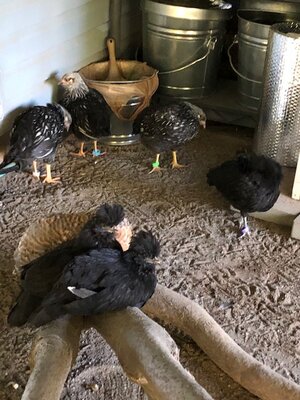
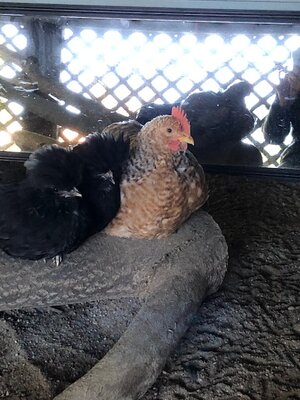
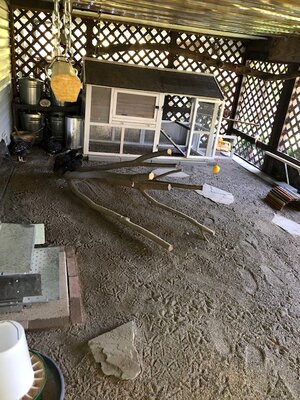
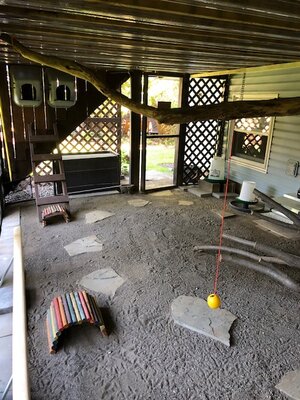
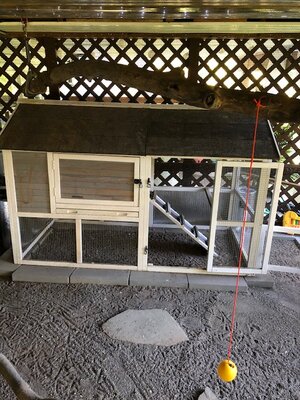
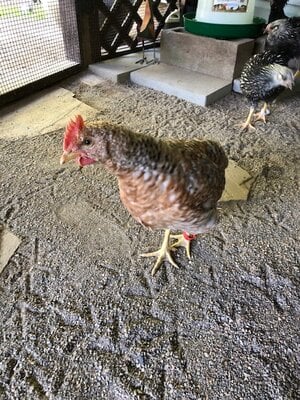
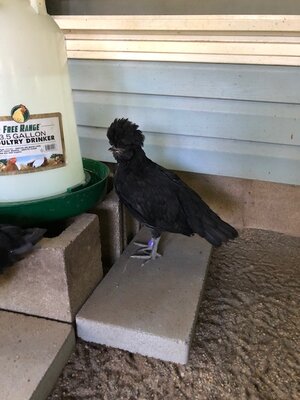
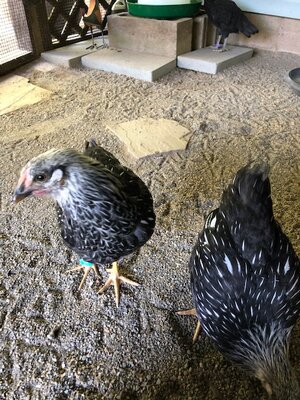
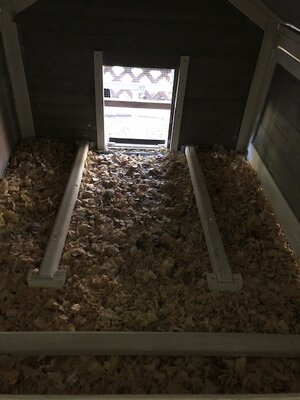
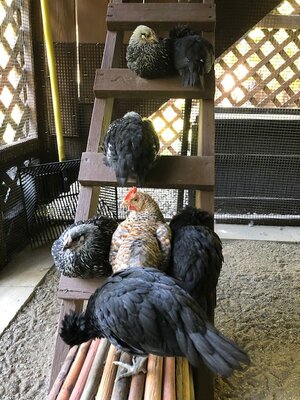
 You don't want them to get used to having heat in the coop because, not only do they have more issues going from warm to cold quickly by going out of the coop, but if you loose power to the heat on a very cold night (snow storm, ice storm, etc.) you can have serious problems....not to mention the fire risk! Good luck with them and try to relax and enjoy them as they grow!!
You don't want them to get used to having heat in the coop because, not only do they have more issues going from warm to cold quickly by going out of the coop, but if you loose power to the heat on a very cold night (snow storm, ice storm, etc.) you can have serious problems....not to mention the fire risk! Good luck with them and try to relax and enjoy them as they grow!!